
Evidence Indicators of Phenomena


Evidence Objectives
-
Distinguish between direct and indirect evidence, and provide examples of both.
-
Analyze animal tracks based on shape, size, and location, identifying species with track evidence.
-
Identify animals based on scat, as well as chew marks, rubs, and other indirect forms of animal evidence.
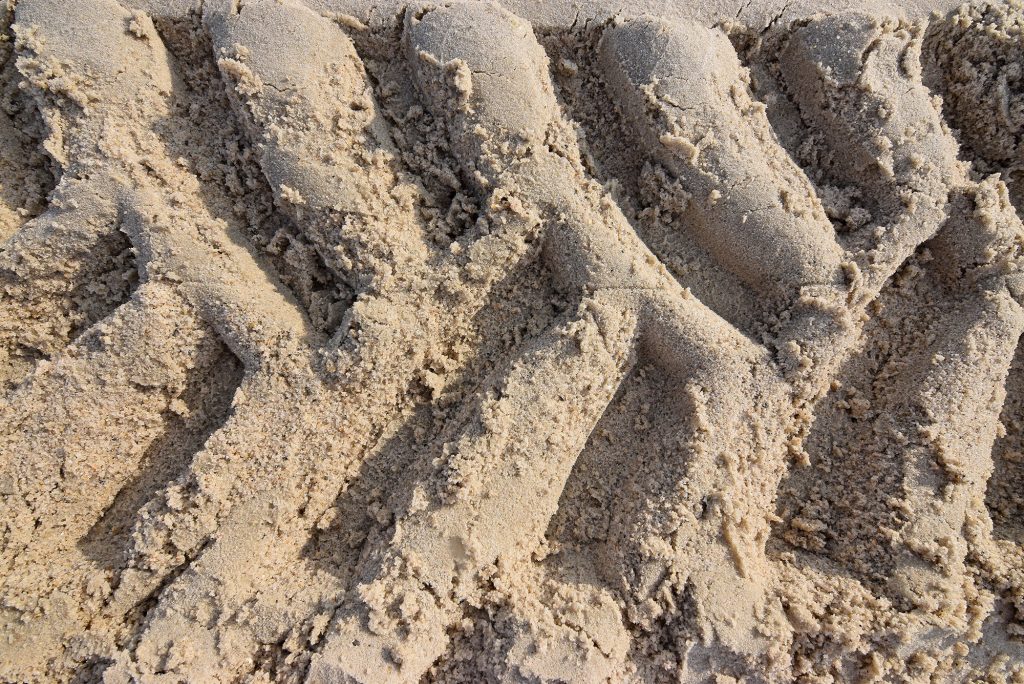
Science is limited to observable phenomena, meaning there has to be evidence that something exists to be addressed by a science field. Evidence can be direct or indirect, both are critical in scientific inquiry.
Evidence enables researchers to support predictions. For example, a change in barometric pressure enables meteorologists to predict the weather will change.
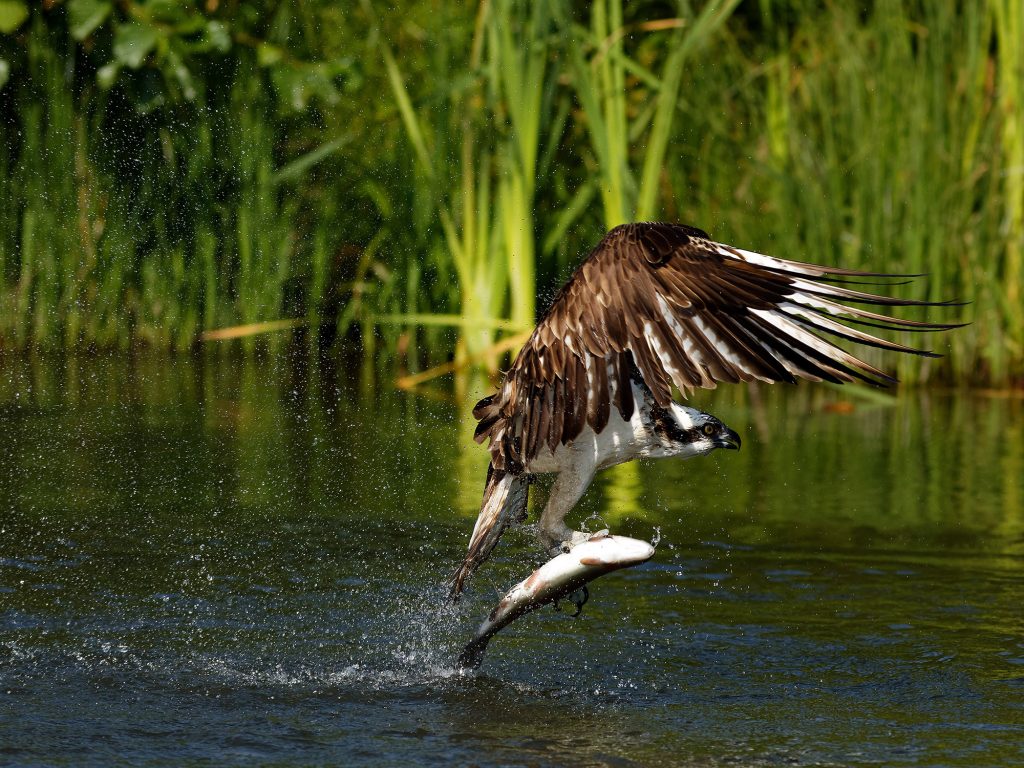
Direct Evidence
Direct evidence is actually experiencing a phenomenon as it occurs, for example, watching an osprey catch a fish or smelling the scent of a skunk. This is taking in sensory information as a form of evidence.
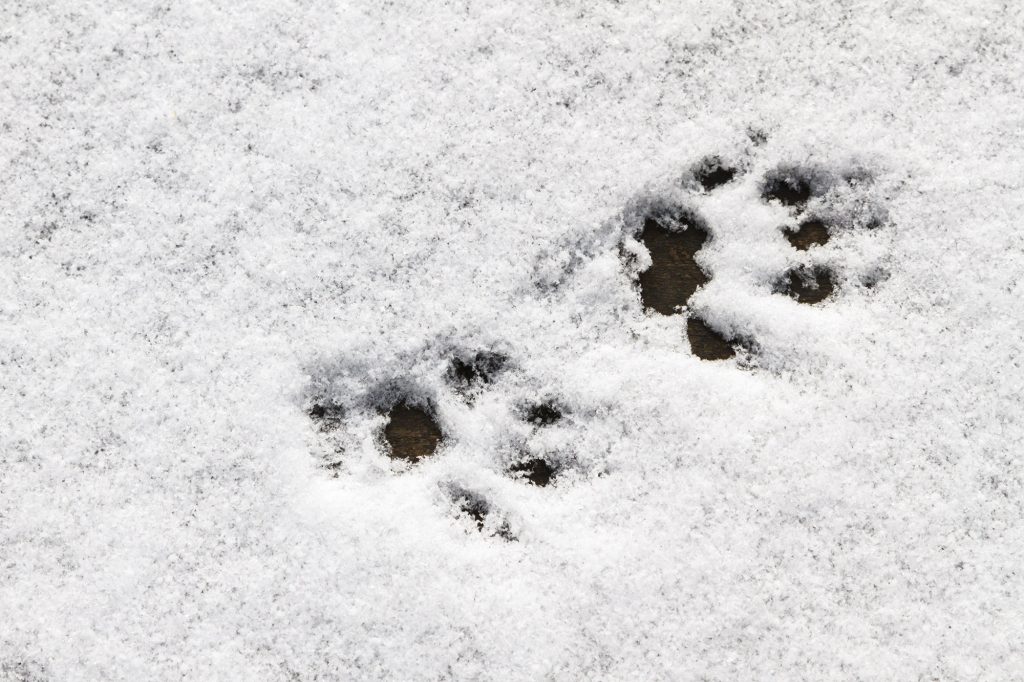
Indirect Evidence
Indirect Evidence is collecting traces and objects created by something that happened at another time or place. Finding an animal track is indirect evidence that an animal was in the location.
We are surrounded by evidence of things occurring (direct) and things that have occurred (indirect).
In this video, we find a variety of forms of evidence along our trail, including: tracks, scat (fecal material), insect damage, and structure building.
Indirect evidence is used to recreate an occurrence, the higher the quality and quantity of evidence, the more accurate the conclusions. Here is an example of indirect evidence in action.
Tracks
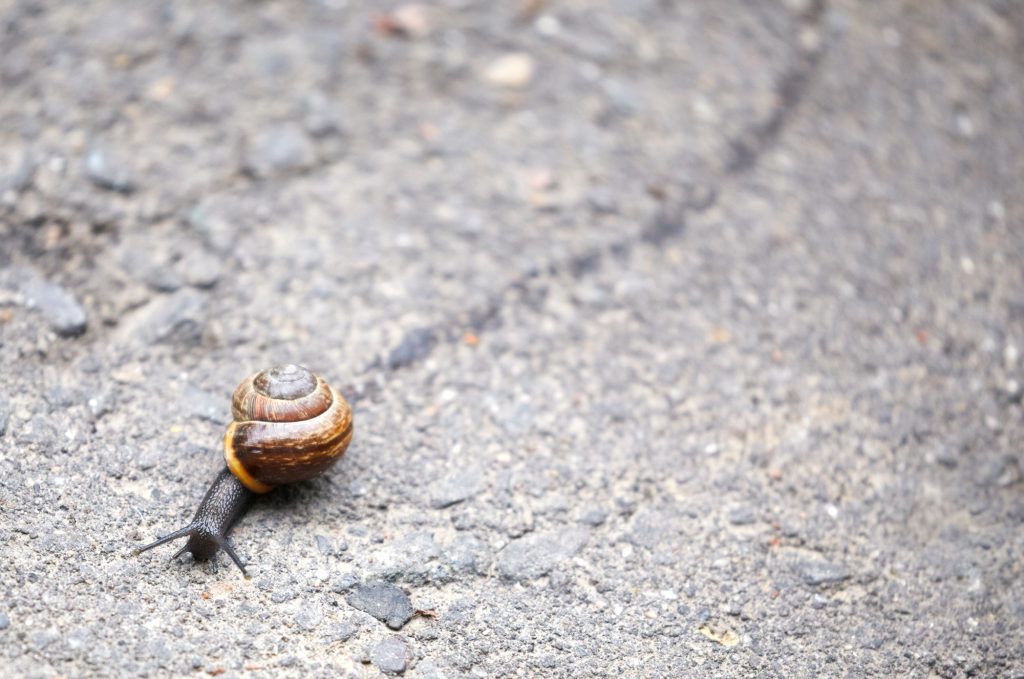
Animals leave tracks when they move over surfaces. Snails and slugs leave a line of mucus. Bears and elk crush plants they walk over. Snakes can leave a body line over sand.
Animal tracks most frequently refers to footprints, imprints left in soft substrates. Some people refer to these footprints as tracks, and other signs of movement as “traces.”
Casts in plaster and plastic are used to study tracks that are not readily available. Note the different sizes and shapes of these tracks.
This large casting shows additional species and relative scale of tracks.
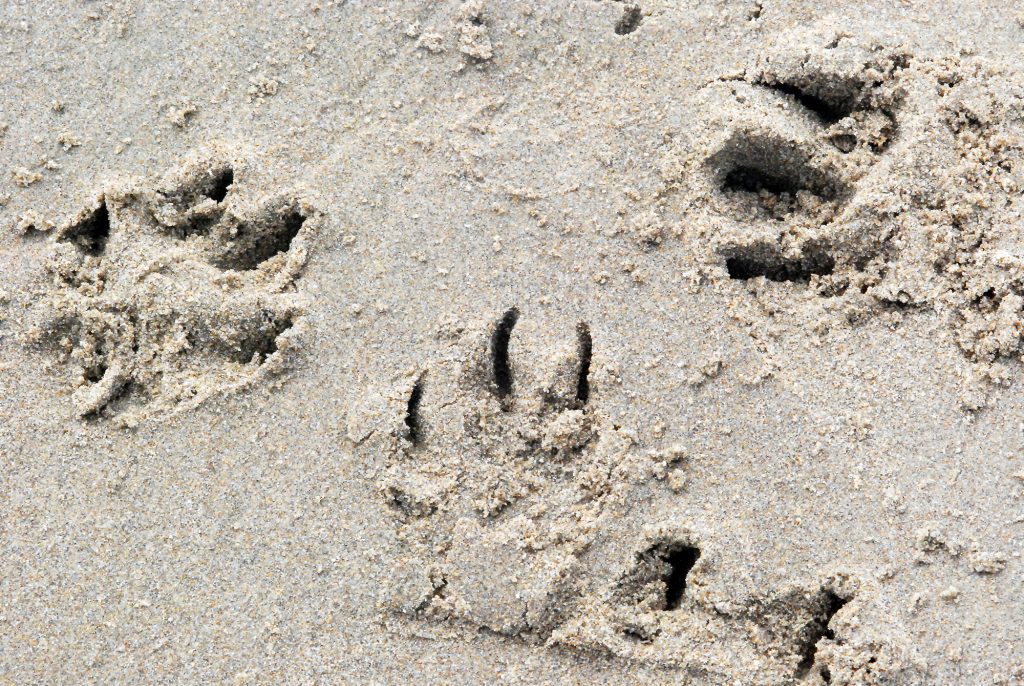
Was this track most likely left by a dog or a cat?
You may find tracks as a form of indirect evidence for this guide’s media piece.


Animal tracks are so popular they are commonly used in crafts, as product patterns, and as icons (including our vividscience logo).
If you would like to see more animal track applications, check out the resource page.
Scat
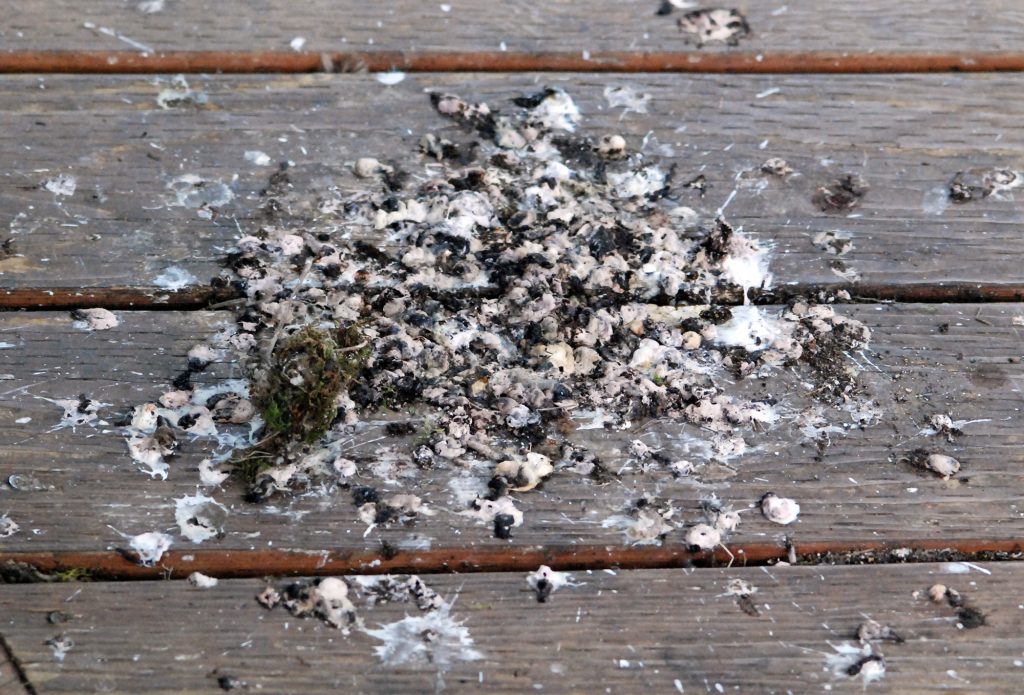
Scat is fecal material from animals, scatology is the study of fecal material including the information it conveys.
Fecal material commonly consists of undigested foods and intestinal bacteria. There are a variety of other names for fecal material including:
- frass (herbivorous insect scat)
- dung (scat from large mammalian herbivores)
- droppings (scat from birds and small mammalian animals)
If you hike, scat is some of the most common forms of animal evidence for otherwise elusive species.
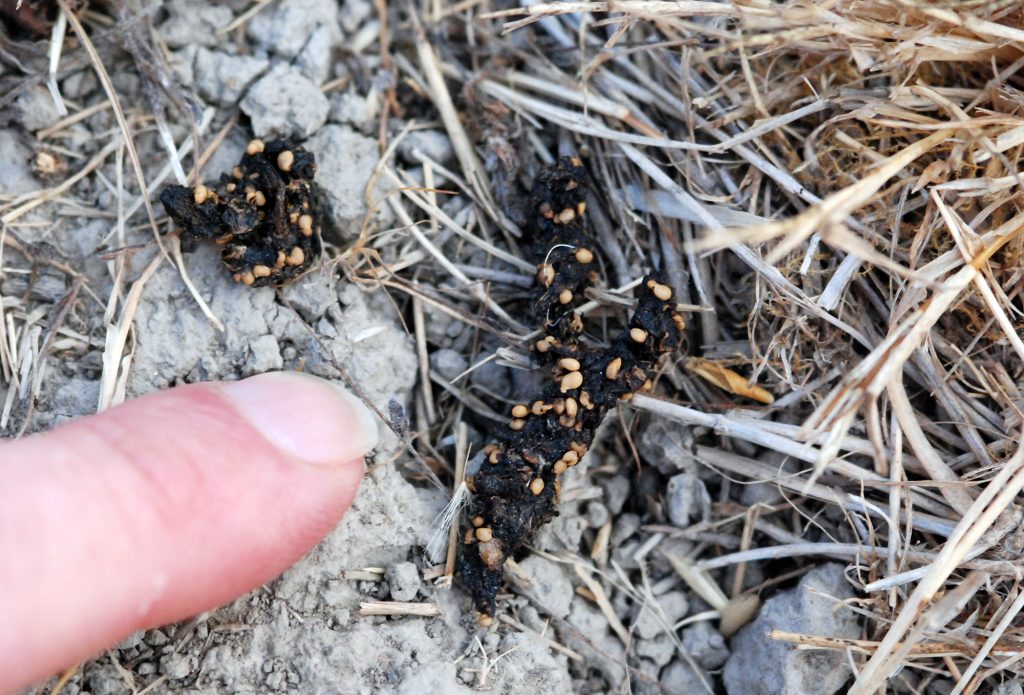
This video provides an overview of a variety of forms of animal scat.
Scat can indicate an animal’s diet.
Fox are omnivores and their diet varies with seasonal availability.
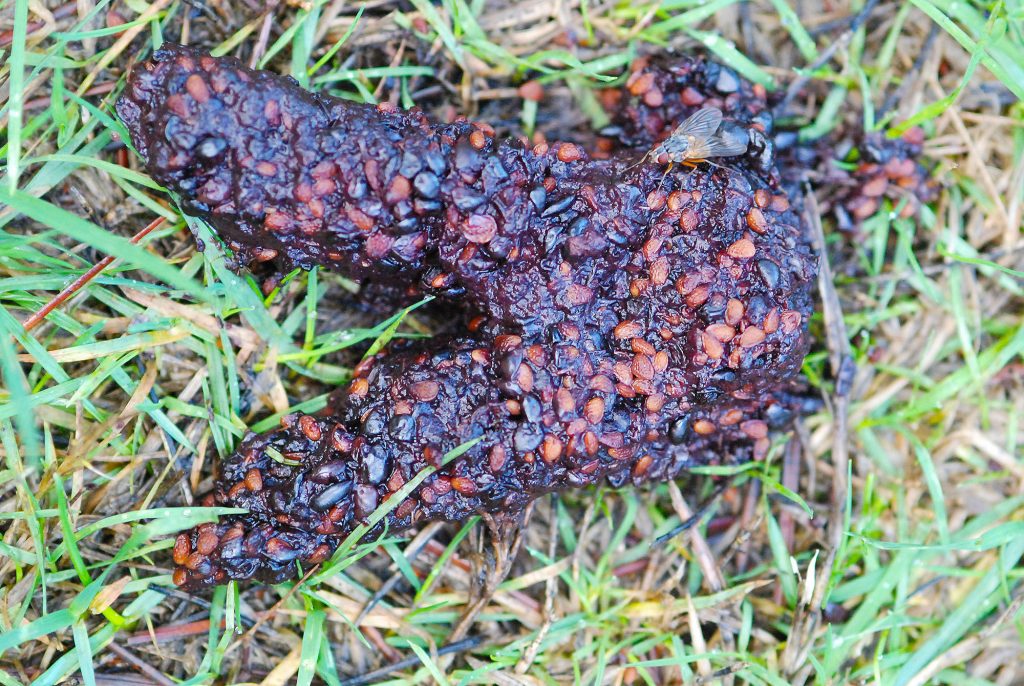
Summer
The fox is eating blackberries and cherries, the seeds are present in the scat.
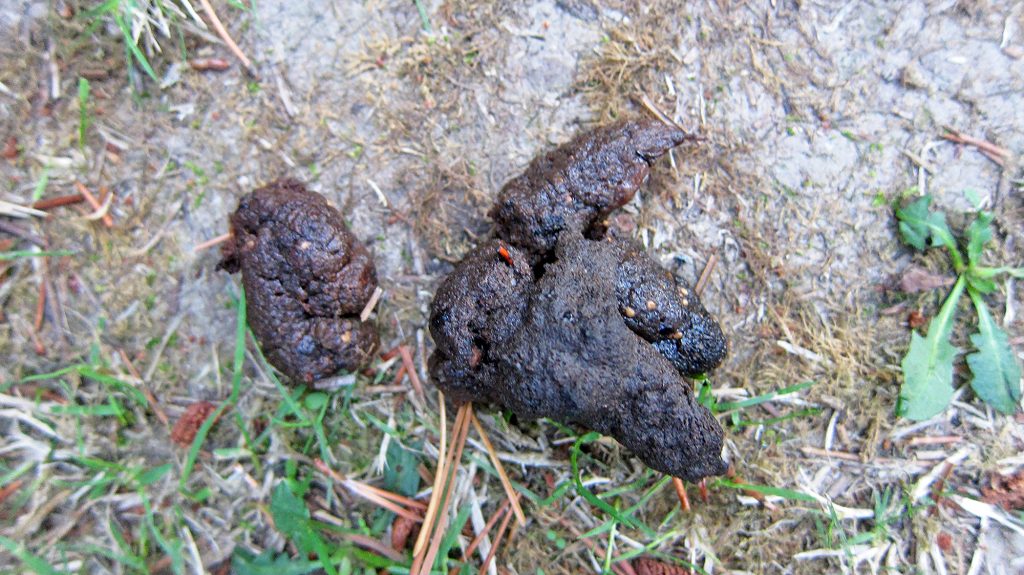
Winter
The fox is eating smaller rodents, resulting in smoother fecal material.
We had scat evidence that a fox was living in our yard months before an actual sighting.
Indirect evidence often precedes direct evidence in the field.
Another form of indirect evidence related to animals eating is damage to plant material.
This video demonstrates a variety of forms of indirect evidence of animal feeding.
This apple does not show discrete tooth marks and the damage varies from large gouges to small holes. It was most likely eaten by birds and insects.
In the next section, we’ll explore how illustration relates to evidence and research.

Check your knowledge. Can you:
-
distinguish between direct and indirect evidence, and provide examples of both?
-
analyze animal tracks based on shape, size, and location, identifying species with track evidence?
-
identify animals based on scat, as well as chew marks, rubs, and other indirect forms of animal evidence?



